My journal tells me that it is only two years since the remarkable L-Mount Alliance was formed by Leica, Panasonic and Sigma. So much has happened in those two years that it hardly seems possible.
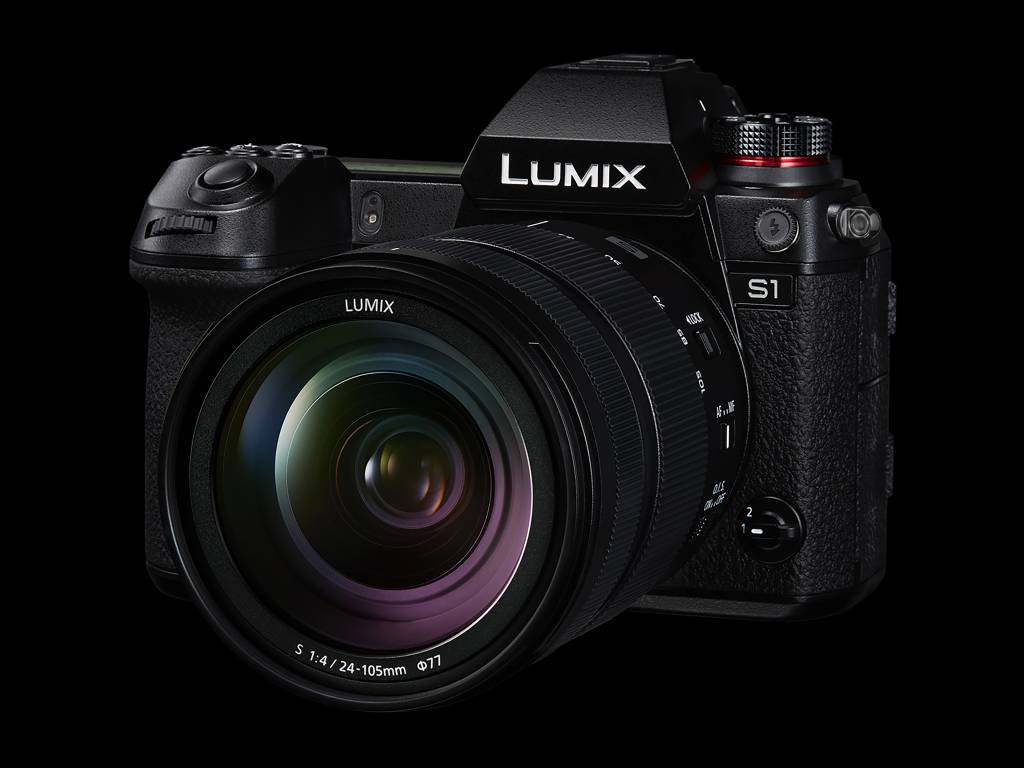
Yet, apart from the launch of the SL2, most of the running so far has been made by the “junior” partners. Panasonic introduced three full-frame cameras, the S1, S1R and S1H, and is now embarking on a range of smaller models, of which the S5 is the first. Sigma, too, took up the camera challenge with the rather oddball but ingenious video-centric fp.
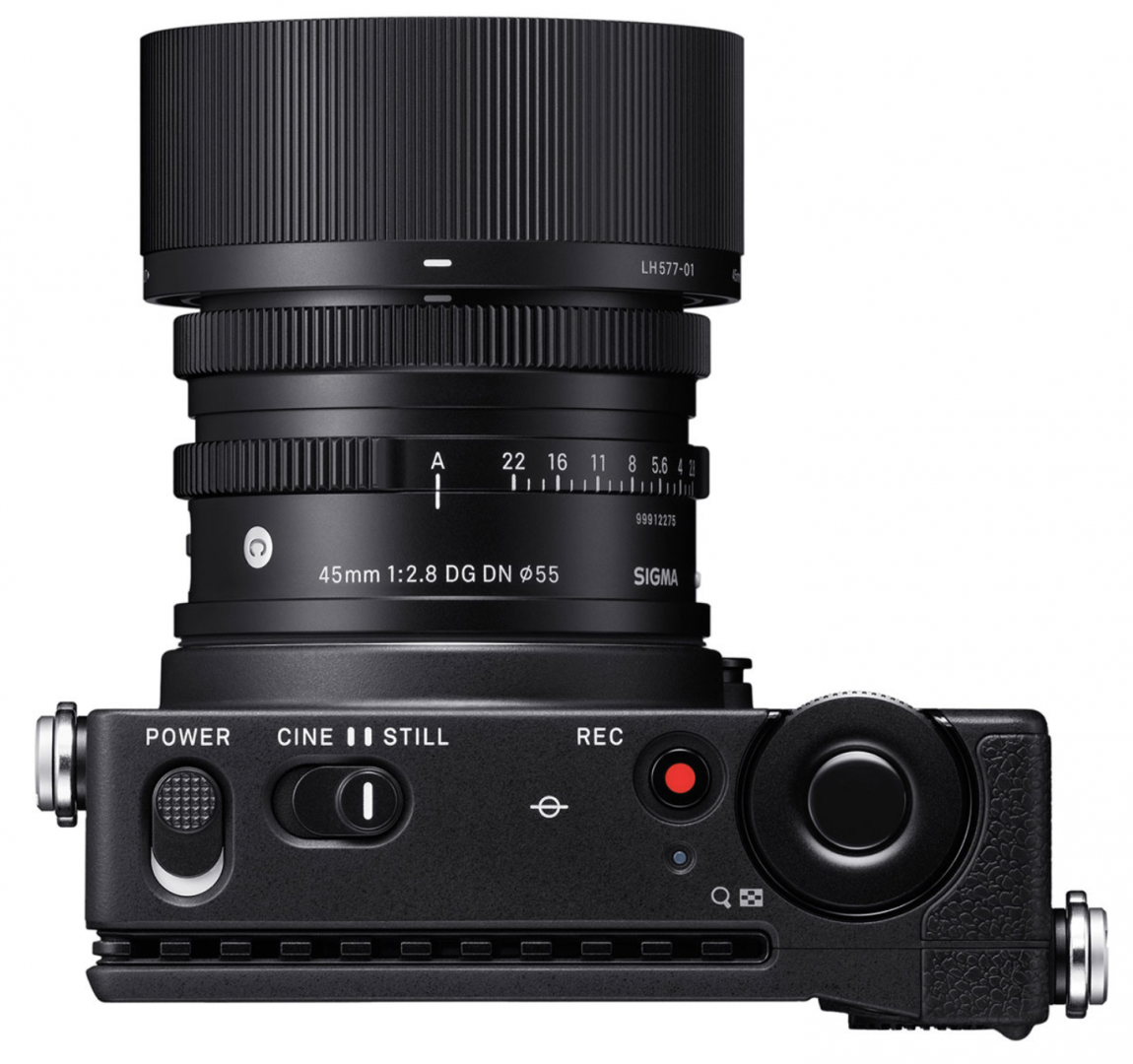
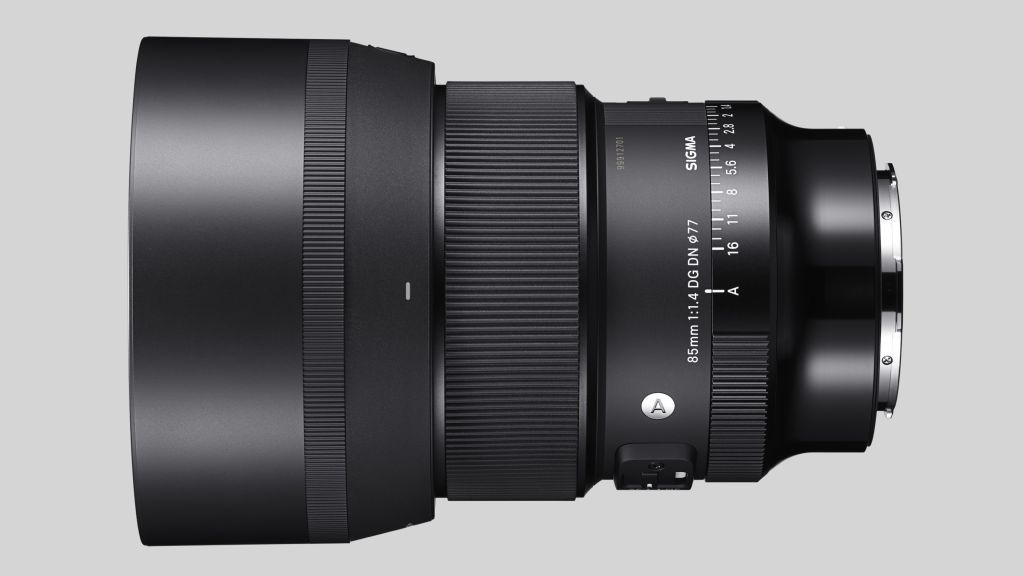
Sigma, however, has gone full-throttle on the lens front. Most of the early introductions, with the exception of the 45mm f/2.8 (which was designed for the fp) are adaptations of familiar lenses which had their beginnings in the DSLR world. Sigma runs a mount-swapping service, so introducing L versions was relatively easy.

Compact, light
Now, however, Sigma is developing lenses specifically for mirrorless cameras, including the recently introduced 85mm f/1.4 DG DN Art and the forthcoming 105mm f/2.8 Macro. These lenses are more compact and lighter than their predecessors and will take full advantage of the capabilities of modern mirrorless cameras, both in L-Mount and E-Mount guise.
All this is highly encouraging. Before the announcement of the LMA, Leica’s L-Mount system was very much in danger of being pushed into a niche. The full-frame SL system is expensive and could hardly be called mainstream.
Click here to check out the new Macfilos L-Mount lens database for details and prices of all lenses
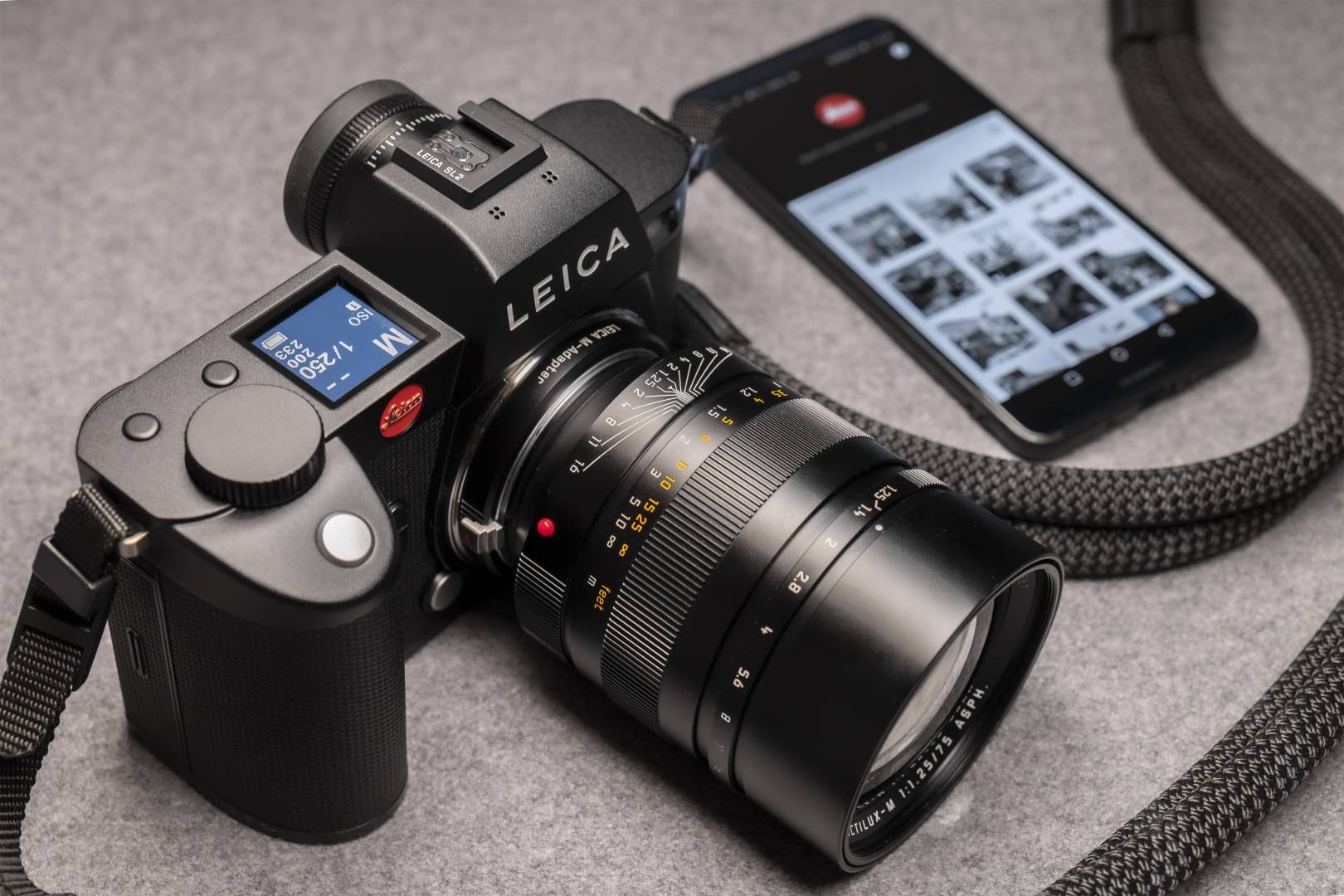
The LMA has changed all that and, while I don’t have any substantive evidence, it must have put new life into Leica’s system. This works in both directions for Leica.
Win-win
On the one hand, owners of SL and SL2 cameras now have the benefit of a vast range of lower-priced lenses, from both Sigma and Panasonic, which helps lock them into the system. They also get the chance to buy a second body, such as the Panasonic S5, to go with some of the new, lighter lenses.
On the other hand, wider market customers who have been attracted to the Panasonic S system will be encouraged to try a Leica, perhaps a used SL, to go with their lenses. It’s a win-win situation for all concerned in the LMA and not, as some feared, the thin end of the wedge for Leica.
So much has happened in the L-Mount world in the past two years that it is difficult to grasp. The announcement came as a surprise in September 2018 but developments have been coming thick and fast.

I now believe that the L system has sufficient traction to ensure a bright future. It is unique in that its lenses are not unique to just one manufacturer. It gives buyers options and the confidence to invest in the system.

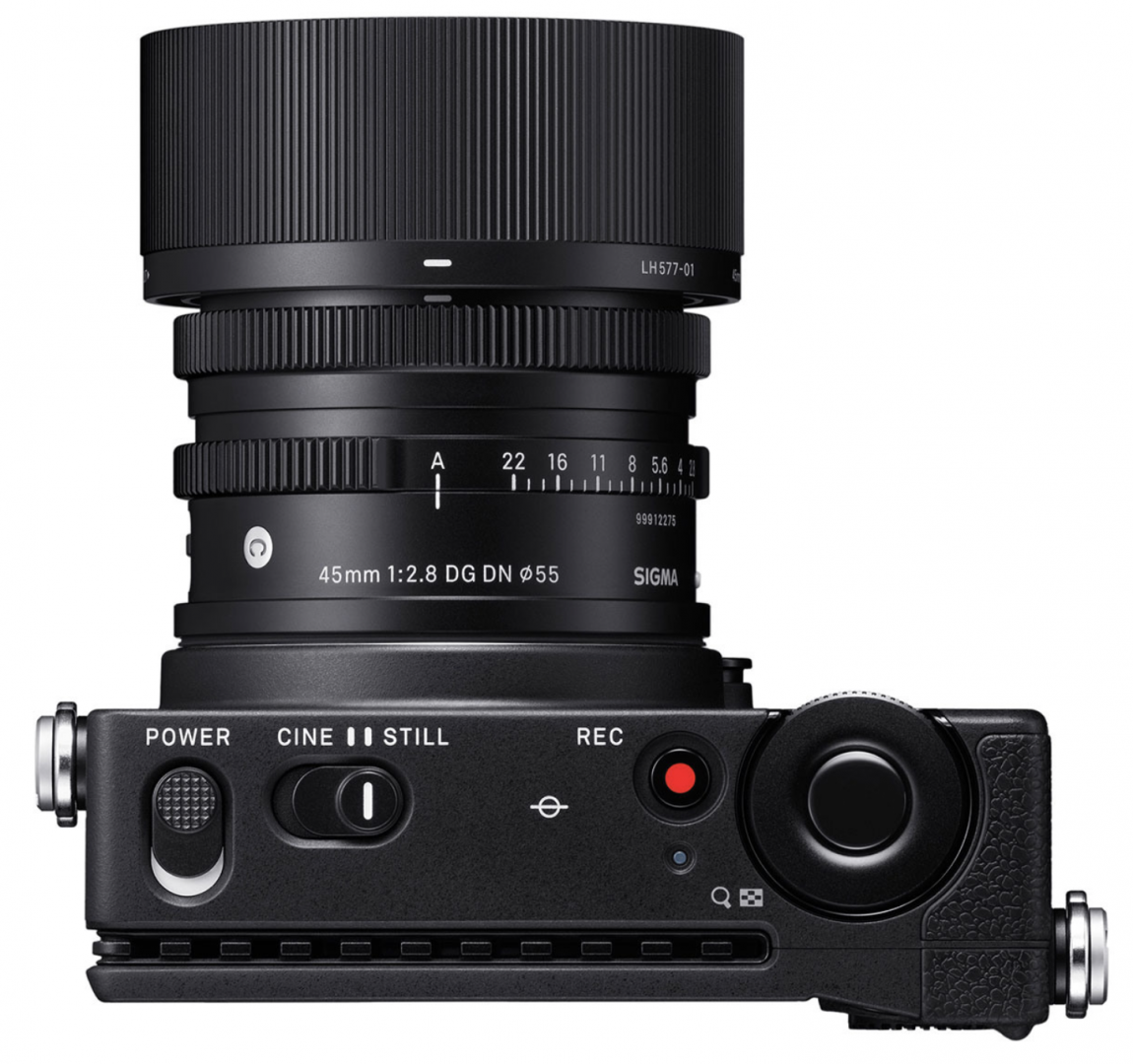
Yesterday reddotforum on Leica L-Mount Lenses:
https://www.youtube.com/watch?v=aTgViYvdDq4
I think another positive sign of the life for the L mount lies in the number of third party manufacturers now producing manual lenses that work he system.
Yes, it is a relatively inexpensive thing for them to do (given they produce lenses for other systems and are simply switching the mount) but if there wasn’t a market they wouldn’t bother. I’m guessing there is indeed a market in people wanting lighter, smaller, and manual, lenses for their L mount bodies.
Talking of which, M mount on L mount… Peter Karbe gave two fascinating talks to Leica Academy Australia this month and was asked that question. His answer was if you have to mount an M on a non-M body then an L is the next best.
It makes sense in that the challenge for the M system is the small mount size and therefore the lower amount of light reaching the sensor. The L is one of the larger mounts around.
He also said that the worst performance came when mounted to cameras made by “the big S company”. Again it makes sense given their mount is one of the smallest having been originally designed for ASP-C.
All very true, Steve. And by L, Peter means SL or CL rather than any old L-Mount camera. Only Leica tunes its cameras to work as well as possible with M lenses. And, of course, recognition, profiling and exif data are further benefits. This isn’t to say that the Panasonic is a bad performer, it just doesn’t squeeze as much out of M lenses (particularly wider angle lenses) as does the SL/2